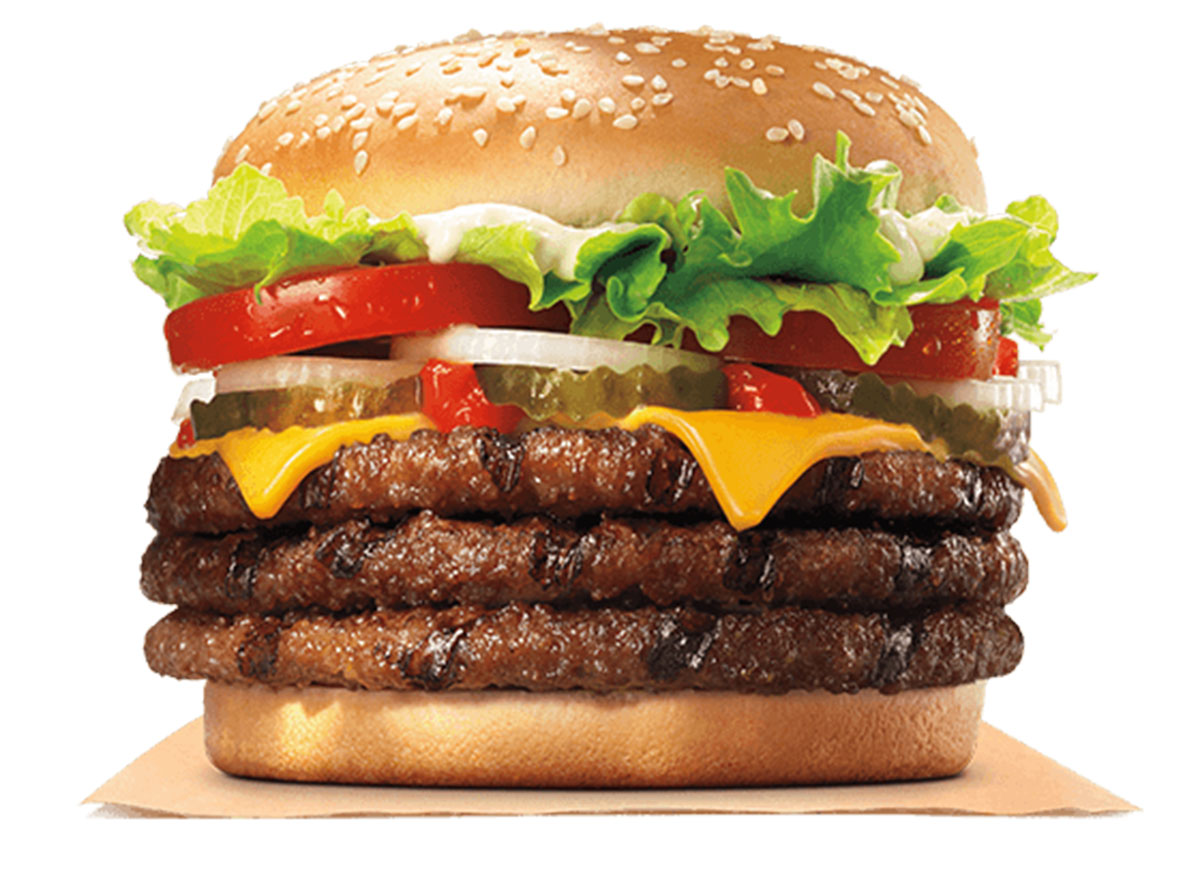

Given the stats, it doesn’t take a wild guess to know the Big Mac is compromising big time in the ingredients department.Īmong the many ingredients that make up the Big Mac bun, for example, are high fructose corn syrup, partially hydrogenated soybean oil, calcium sulfate, calcium carbonate, calcium silicate, wheat gluten, emulsifier (mono- and diglycerides, diacetyl tartaric acid esters of fatty acids, ethanol, sorbitol, polysorbate 20, potassium propionate), sodium stearoyl lactylate, dough conditioner (corn starch, ammonium chloride, ammonium sulfate, calcium peroxide, ascorbic acid, azodicarbonamide, enzymes), and calcium propionate (preservative).Īside from the fact that most of those are nearly impossible to pronounce at first go, many of these ingredients are dangerous. The fiber, protein and vitamins in a Big Mac are frankly not that compelling. For example, the protein you get from animal products differs substantially from the protein you receive from plants, in terms of quality, assimilation, and overall health benefits. It is important to keep in mind that not all nutrients are the same across the board, and this supposed uplifting aspect to the Big Mac is shadowed by its downsides as well as the quality of its ingredients. According to the nutritional profile made available by McDonalds itself, each serving contains 3 grams of dietary fiber, 25 grams of protein and offers 6, 2, and 25 percent of our daily vitamin A, C and calcium requirements. Now, if you’ve done some of your own research, don’t be fooled by the Big Mac’s apparent virtuous side. And similarly alarming is the Big Mac’s sodium content. A Big Mac also contains 75 mg cholesterol, which is 25 percent of your daily allowance. That’s nearly half of the entire burger’s calories and 45 percent of your daily balance! And of this whopping 29 grams of fat, 10 grams are saturated and 1.5 grams are trans. Each serving packs 550 calories, 260 calories of which come from fat.

A Big Mac is by no means a stranger to it. Let’s talk about the one of the Big Mac’s biggest offenses: fat. The original sales price of the iconic Big Mac was 45 cents, compared to the current $3.00, and today McDonald’s sells as many as 550 million Big Macs per year in the U.S., with a scope of some 120 countries. Today, the Big Mac has come to be a symbol of everything stereotypically American – capitalism, commercialism, and gluttony. In 1967, McDonald’s franchisee Jim Delligatti began to serve double-decker cheeseburgers on a double-cut bun in an effort to find a way to structure the messiness caused by the company’s token “special sauce.” Expanding from its humble beginnings in Uniontown, PA to locations across the nation as soon as the next year, the new burger was labeled the “Big Attraction” with its two all-beef patties, special sauce, lettuce, cheese, pickles, onions and sesame-seed bun. So let me say this again: Big Macs aren’t good for you and here are some reasons why. It’s one thing to hear, to know better, to understand and it’s another thing to internalize, accept, and react accordingly. You’d think the world would know this by now, but more often than not we witness McDonalds drive-thru traffic jams that our own friends and family are in.


 0 kommentar(er)
0 kommentar(er)
